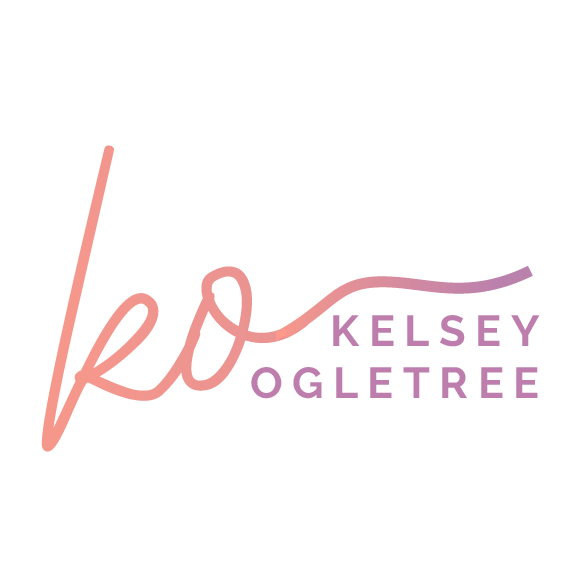7 Ways to Make HARO More Effective for PR Teams
Do you use HARO? It’s an acronym for Help a Reporter Out. On this platform, journalists can submit queries for sources on any kind of story, and PR teams in turn can submit their clients for consideration. After working with the platform for about seven years now, I’ve compiled some tips for making the process smoother from a writer’s perspective, and more effective from a PR POV.
1. Respond through HARO.
Every time I submit a HARO request, I always get at least half a dozen emails sent directly to me in response to the query. While there’s nothing wrong with doing that if we already know each other and have a working relationship, going off-the-cuff usually doesn’t work because the subject line is not specific enough, or if we’ve never worked together, it feels a little aggressive. When you send a response directly through HARO, I am sure to receive the email, as well as be able to go back and access all responses when I’m logged into the system—so it’s much more likely I’ll see (and respond to) your email.
2. Be timely.
The two main reasons I submit HARO requests are because I’m in a pinch and really need a source quickly (it’s usually more effective to research on my own to find a high-quality source), or I need a greater diversity of sources than I can reach in my own network. When I’m in a hurry, I’ll start reviewing the emails as they come in and reach out to the first response that seems like a qualified fit. It’s rare that I use a source that comes in after the HARO deadline, because I’ve usually fulfilled my need by then. If you really want to get noticed, be a first responder.
3. Include enough information for the query.
I had a woman submit an 1,855-word response to a HARO request for pro tips on staying calm. Bless her heart, but talk about going overboard. I ended up using two sentences from her response, and I wish she would have gotten to the point quicker to save us both a lot of time. When you respond to a query, be sure you answer the questions relative to what the story is about. For example, if I send a query that I’m looking for chefs to share their favorite kitchen gadget, it’s very helpful to include the chef’s name, title, restaurant and details on their favorite gadget right in the body of the response. But if it’s a story requesting a doctor source who is knowledgeable about diabetes in elderly people, just share enough with me about his/her experience and their availability for an interview, so that I know why this person is a good fit, without diving into specific answers about the topic.
4. Point out why the source is relevant to my audience.
Many editors like writers to use sources that reflect their audiences. For example, my Shape editor likes us to use women sources whenever possible—doctors, nutritionists, fitness experts—because it’s a site about women’s health and wellness, by women. That’s not to say male sources are excluded, but given they have equal qualifications, I’ll likely choose a female source over a male source for this audience. Another example is the Wall Street Journal. When sharing personal anecdotes in stories, editors prefer a professional source that mirrors their audience.
5. Avoid emailing about other stories through the system.
People regularly respond to queries saying, “I don’t have a fit for this story, but if you’re looking for sources on this other TK topic in the future, please feel free to reach out!” I appreciate the outreach, but this isn’t the right platform. It’s distracting and clogs up my inbox when I’m trying to find a qualified source for a story. Instead, email me with a specific subject line (you can do so right here!) and we’ll talk.
6. Don’t try to send attachments.
I haven’t seen the opposite side of HARO, but I know the emails I receive through the system say attachments are excluded. However, I still get emails all the time telling me to “see attached PDF for more details.” If you really need to send an attachment in your initial response, just share a Dropbox link instead.
7. Be personal.
It pains me to get responses to queries that include only a copied-and-pasted bio from a website, or a generic PR description of a hotel or destination. I can usually find all of that information myself by visiting those respective websites, so include something personal—it doesn’t have to be a lot, just anything in your own words!—to convince me that your source, your resort, your restaurant, etc. are worthy of including in my story.
Now, let’s flip the script. What do you wish writers did better in their HARO queries? What annoys you most about working with HARO? What is your success rate on placing stories through the platform? Share with me in the comments and let’s discuss.

